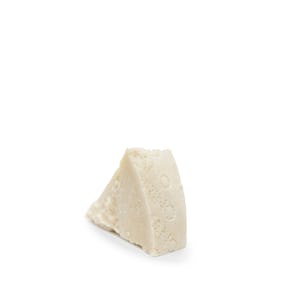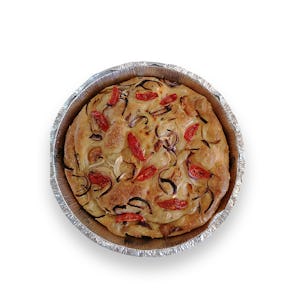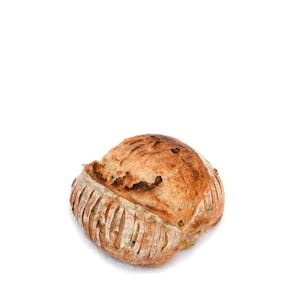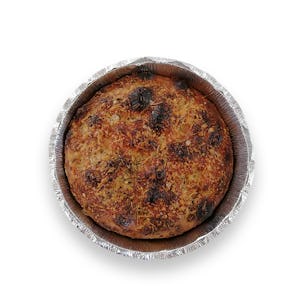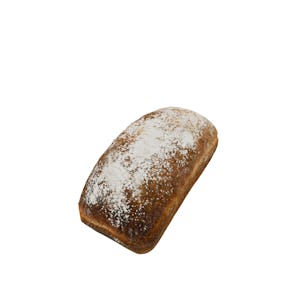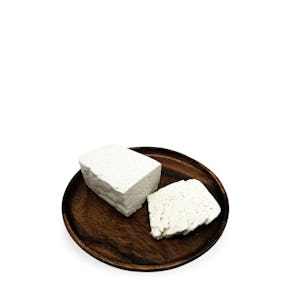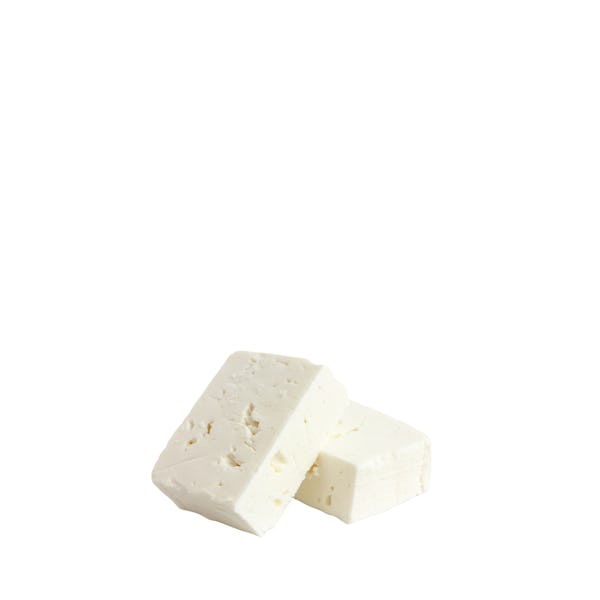
TASTING NOTES FROM THE CURATOR
Feta cheese is usually and traditionally made with sheep’s milk, or a mixture of sheep and goat milk. It has no rind, and is compact.
A soft brined cheese, this Greek icon is crumbly, with a slight grainy texture. Feta cheese has a flavor that is tangy and salty, and ranges from mild to sharp.
PREPARATION AND PAIRINGS
Feta cheese can be used in so many ways. Crumble it over your salads, or include it in your sandwiches.
A recent popular recipe is the easy Baked Feta Pasta:
- In a baking dish, spread some cherry tomatoes, and toss with olive oil, salt, and pepper.
- Place the block of feta cheese onto the middle of the baking dish.
- Drizzle more olive oil on the feta, and a sprinkling of pepper.
- Bake in the oven at 400F, for around 35 minutes, until the tomatoes burst, and the feta looks melty.
- Once you take it out of the oven, immediately add minced garlic, and fresh basil leaves.
- Mix everything together until a thick-ish sauce forms.
- Add in cooked pasta (bow-tie, penne, spaghetti—your choice!)
- Make sure everything is combined. Serve while hot.
NOBODY’S CHEESE
The production of feta cheese first began in the Eastern Mediterranean and around the Black Sea. Some ancient Greek literature point to sheep’s milk cheese that sounds familiarly like feta cheese.
In the Odyssey, the epic poem by Homer, and considered one of the pillars of ancient Greek literature, talks about how Polyphemus the Cyclops made cheese out of sheep’s milk. Though it did not talk about brining, it was widely believed to be a forerunner of feta cheese.
Storage Instructions
Cheeses (except brined ones in jars) should be stored in the crisper or the butter drawer of a refrigerator, not on the shelves themselves. This is to help regulate their temperature and humidity levels—and prevents the formation of mold. Once opened, they should not be kept in their original packaging. This fresh cheese should be stored in a lidded plastic or glass container in the refrigerator. Kindly pay attention to the best before date label when you receive your cheese. Consume prior to date indicated.





